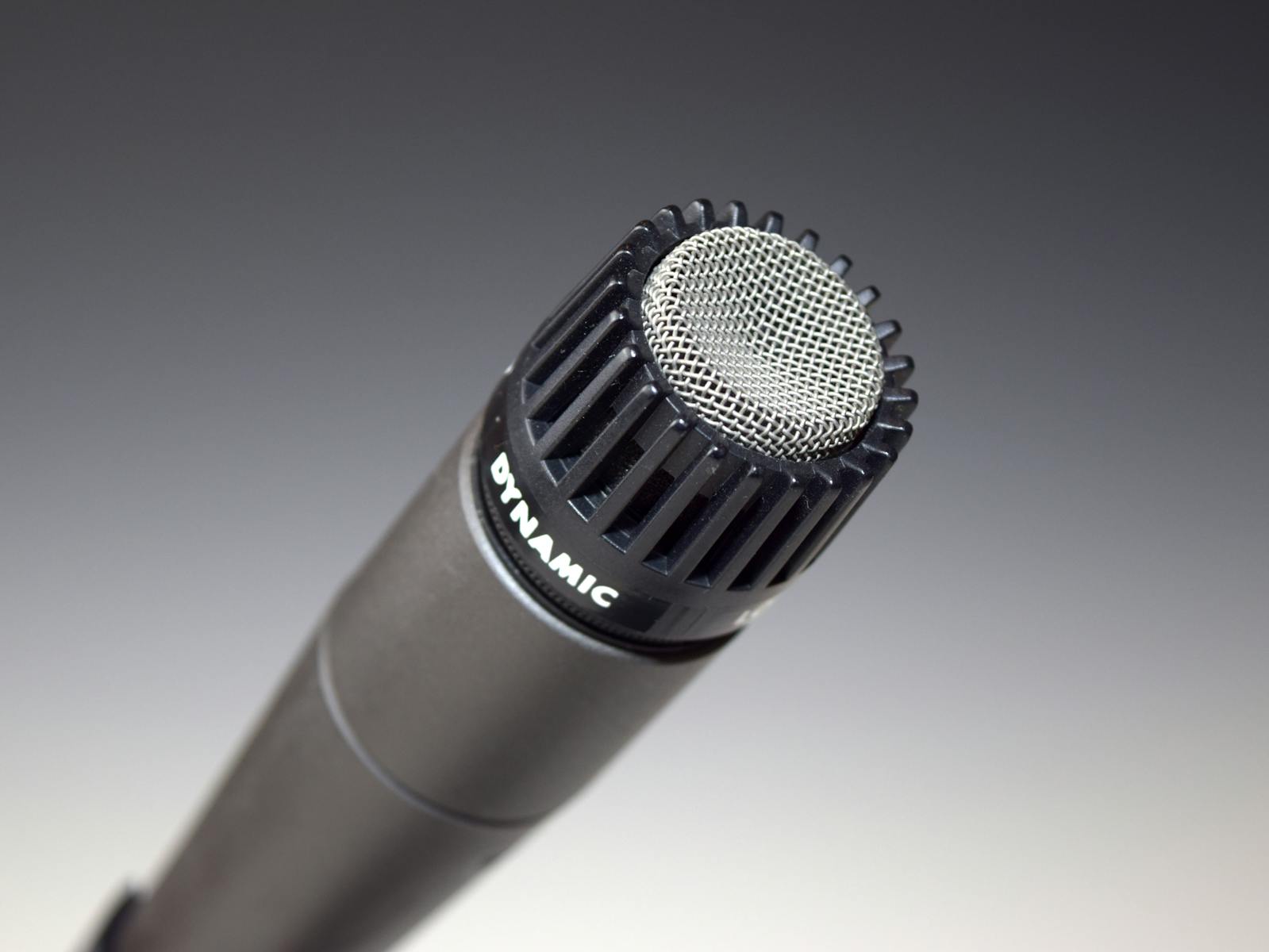Examining Pronouns and Naming in Translation
When diving into the world of Vietnamese pronouns, I find myself navigating a maze. These pronouns are not just words; they reflect age and hierarchy. It’s like picking the most suitable word in a game where rules change with each player. Unlike English, where one pronoun fits all, Vietnamese requires context. Different regions have their own canonical Vietnamese words. This makes each interaction a unique puzzle. I often remember the word I need by considering who I’m speaking to. In this way, every Vietnamese sentence becomes an intricate dance of language and culture. It’s not just about translation but understanding the category and culture behind each word.
Key Takeaways
-
Vietnamese pronouns are complex, reflecting age and social hierarchy.
-
Different regions use distinct Vietnamese words for similar pronouns.
-
Knowing the correct word to refer to someone shows respect.
-
Vietnamese relies on context more than an English pronoun does.
-
Mastering this requires understanding cultural and regional nuances.

Unique Challenges of Vietnamese Pronouns
The obstacle of understanding Vietnamese pronouns emerges from their rich complexity and cultural nuances. Imagine trying to navigate a web of relationships where every pronoun signals something about the speaker’s and listener’s social standing. It’s like playing a social chess game with every conversation, and trust me, it gets intricate.
In this arena, each Vietnamese term can vary by region, creating a tapestry of words that differ from the northern to the southern parts. For instance, a word to refer to an elder in one region might sound completely alien in another. It’s akin to speaking a different dialect, even though it’s technically the same language.
A key piece of advice? Always remember the word choices and context matter immensely. Unlike an English pronoun, Vietnamese pronouns don’t just fill a grammatical slot; they speak volumes about respect and hierarchy. The wrong choice can be more than a faux pas; it could unintentionally offend.
Now, the challenge of selecting the suitable word in Vietnamese is not just about linguistic accuracy. It’s about understanding a mosaic of cultural and social cues. Vietnamese translation doesn’t always offer a one-to-one swap with English, especially when it comes to possessives. You have to creatively piece together noun phrases to convey the right meaning.
So, if Mai refers to you in a certain way, it’s not just a name or a title; it’s a reflection of your standing in her eyes. And that’s why this language feels less like a language and more like an art form.
|
Aspect |
Vietnamese Pronouns |
English Pronouns |
Speech Style Authority |
|---|---|---|---|
|
Regional Variations |
High |
Low |
Medium |
|
Social Hierarchy |
Essential |
Minimal |
High |
|
Formality Levels |
Numerous |
Few |
Significant |
|
Pronoun Complexity |
Complex |
Simple |
High |
|
Cultural Understanding |
Deep |
Surface-level |
High |
Selecting the Correct Word in Vietnamese
Choosing the perfect Vietnamese word involves more than just translation. It’s like a dance with social dynamics, where each step can change the tone of the conversation. A central aspect of this dance is speech style authority. Social hierarchy and respect play a crucial role, especially in business settings. A slip in word choice could imply disrespect, which might not go over well in important meetings.
The concept of a “suitable word” is not about finding a direct equivalent. We weave words with context. Vietnamese doesn’t have possessive pronouns like “my” or “your.” Instead, it conveys possession by using “of” or “belonging to,” plus the relevant pronoun. This requires a knack for understanding how the listener fits into the social puzzle.
The language’s regional nuances add another layer of complexity. A word suitable in the North might sound out of place in the South. Age and status further refine word choice. Imagine a meeting where you need to address someone senior. The choice of words here isn’t just about politeness; it acknowledges their position and creates a professional atmosphere.
To make this less of a headache, here’s a quick cheat sheet for different settings:
|
Setting |
Speech Style Authority |
Suitable Word Use |
Vietnamese Terms |
|---|---|---|---|
|
Business Meeting |
High |
Formal |
Appropriate |
|
Casual Gathering |
Medium |
Relaxed |
Flexible |
|
Academic Setting |
High |
Precise |
Accurate |
|
Family Reunion |
Medium |
Familiar |
Informal |
|
Public Speaking |
High |
Clear |
Engaging |
And here’s a handy list to keep in mind:
-
Consider the listener’s age and status.
-
Adapt to regional nuances.
-
Use context for possessive forms.
-
Maintain respect in formal settings.
-
Choose words carefully in business.
-
Understand cultural significance.
-
Keep conversations engaging.
Selecting Vietnamese words requires a keen eye and a respectful touch.
Conclusion
Translating pronouns is like solving a puzzle with ever-changing pieces. I find Vietnamese particularly tricky due to its layered complexity. It’s not just about language; it’s about understanding relationships and social cues. Imagine asking someone’s age to decide how to address them! It’s like a game of chess, each move carefully considered.
The regional differences add yet another twist. What works in one part of Vietnam might be completely different in another. This keeps translators on their toes. It’s a bit like navigating through a maze, with each turn offering a new challenge.
Despite these hurdles, I’ve discovered a certain joy in mastering this craft. It’s rewarding when I manage to convey the nuances correctly. Each successful translation feels like a small victory in the world of words.
FAQ
-
What are the main challenges with Vietnamese pronouns? Vietnamese pronouns can be complex due to their ties to social and family contexts. They’re not just simple replacements like in English. Instead, they often show respect and social status. It’s like walking a tightrope; one wrong word can change the message.
-
How do Vietnamese pronouns differ from English ones? In Vietnamese, pronouns reflect age, gender, and hierarchy. Imagine calling your boss “buddy” by mistake! It’s essential to use the correct term to maintain respect.
-
Why is age important when using Vietnamese pronouns? Age is crucial because it determines the pronoun used. Picture meeting someone new. The first step might be to ask their age. This isn’t nosy; it’s about finding the right way to address them.
-
How do regional variations affect pronoun use in Vietnam? Different regions in Vietnam might use distinct pronouns. It’s like when the same word means different things in various English-speaking countries. You have to adapt based on where you are.
-
What’s a common mistake people make with Vietnamese pronouns? A common mistake is not considering social hierarchy. It’s like going to a formal event in shorts. You need to gauge who you’re speaking to and use the right pronoun to fit the occasion.




